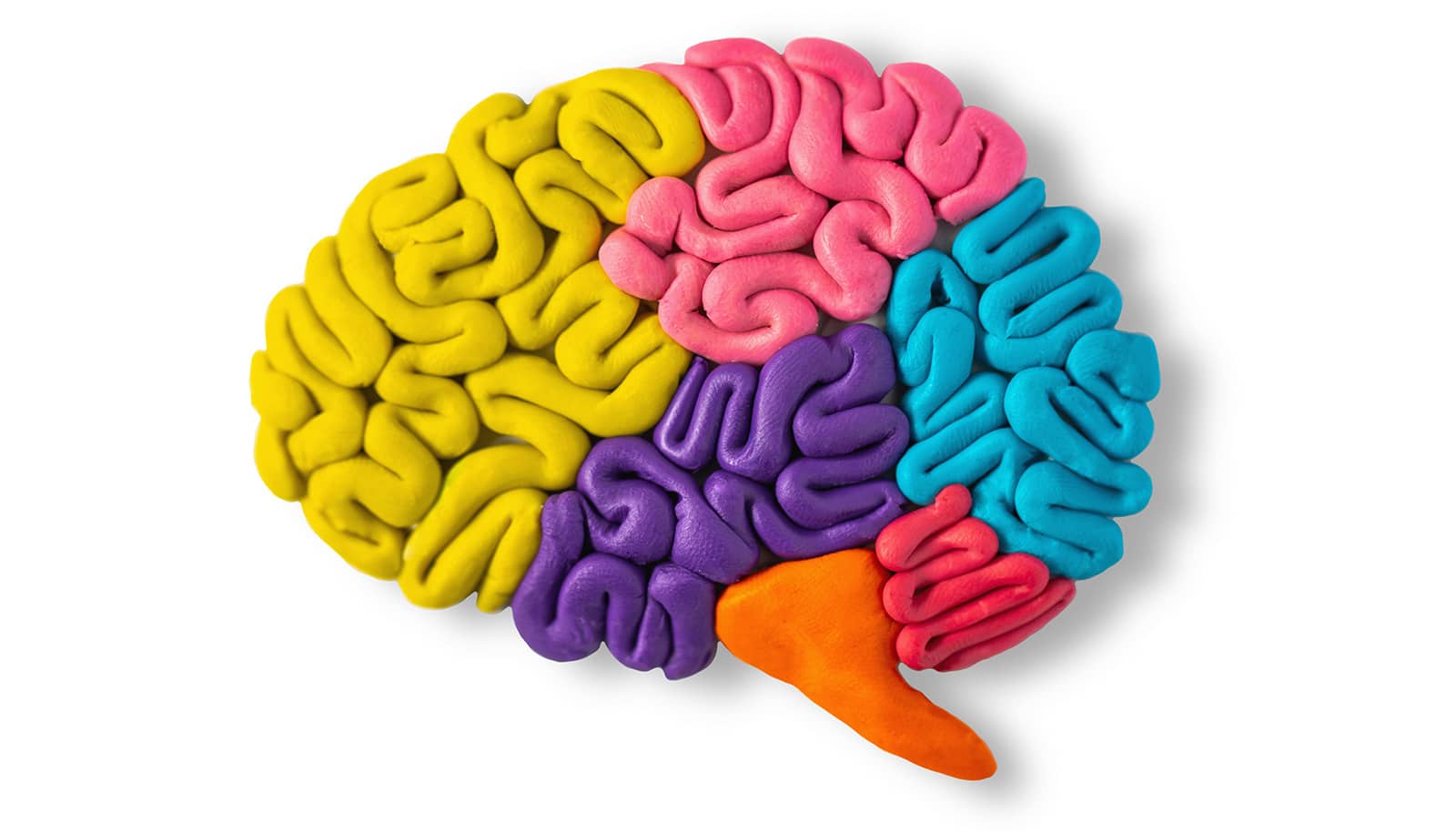Researchers have discovered how water moves from the blood to the brain.
Every day around half a liter of water moves from the blood to the brain through a thin tissue called the plexus choroideus, but exactly how this happens has been a mystery.
In a new study in Nature Communications, researchers show for the first time with mice that osmosis does not control the transport, as many used to believe. Instead, water is primarily transported to the brain via a so-called co-transporter, which moves a certain amount of water when ions move across the tissue plexus choroideus.
“It is brand new knowledge on a very important physiological process involving the by far most complex organ in the human body, namely the brain. If we are able to target this ion and water transporter with medicine, it would affect a number of disorders involving increased intracranial pressure, including brain hemorrhage, blood clots in the brain, and hydrocephalus,” says Nanna MacAulay, associate professor in the neuroscience department at the University of Copenhagen.
The researchers examined the tissue plexus choroideus in mice and tested whether water can move through the tissue even though the conditions required for osmotic water transport are missing. This turned out to be the case, so researchers knew a different process had to be responsible for the water transport.
They then did tests on live mice to see how fast they produced brain fluid when possible water transporters were inhibited. This revealed that the co-transporter in question is responsible for half of all fluid production for the brain cavity and is therefore the main water transporter in this tissue.
“Of course, it would be ground-breaking if we were able to use this mechanism as a target for medical treatment and turn down the inflow of water to the brain to reduce intracranial pressure. There are no effective medical treatments for a lot of disorders involving increased intracranial pressure. And at worst, the patient may suffer permanent damage and even die as a result of increased pressure. Therefore, this basic mechanism is an important find to us,” says MacAulay.
The researchers stress that the structure of the responsible proteins is the same in mice as in the human cell membrane in plexus chorideus. Therefore, they expect to find the same mechanisms in humans.
Our brains ‘blink’ when we shift focus
As a next step, researchers will try to determine how they might be able to affect or control the inflow of water to the brain using the newly discovered mechanism.
The study is based on tests in animals. As a result, it has less statistical weight than case/control studies in humans and larger randomized trials in humans.
Lawyer Bent Thorberg’s Foundation, the Novo Nordisk Fonundation, the Independent Research Fund Denmark, the Vera and Carl Johan Michaelsen Scholarship, the Augustinus Foundation, Doctor Sofus Carl Emil Friis and Wife Olga Doris Friis’ Scholarship, and the Carlsberg Foundation funded the study.
Source: University of Copenhagen



